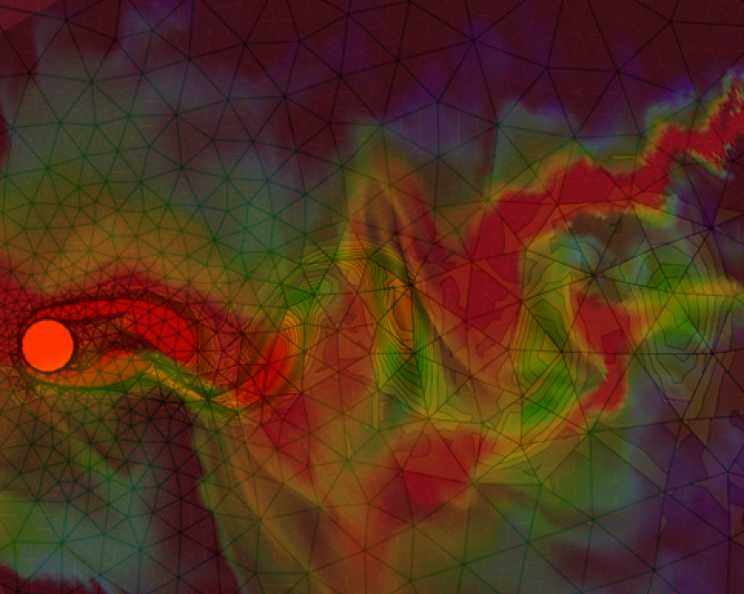
Hydrodynamics in Computational Fluid Dynamics (CFD) modelling plays a crucial role in understanding and analysing fluid flow phenomena, providing valuable insights for engineering design and scientific research. Hydrodynamics in CFD modelling refers to the study of fluid motion, specifically in liquids such as water. It involves the application of mathematical and computational techniques to simulate and analyse the behaviour of fluids in motion. Here are some key aspects of hydrodynamics in CFD modelling:
- Navier-Stokes Equations: The Navier-Stokes equations form the foundation of hydrodynamics in CFD. These equations describe the conservation of momentum for a fluid and are used to model fluid flow.
- Fluid Properties: Hydrodynamics considers the properties of the fluid being modelled, such as viscosity, density, and compressibility. These properties affect the behaviour of the fluid flow and are important inputs in CFD simulations.
- Boundary Conditions: Hydrodynamics involves specifying boundary conditions for the fluid flow, such as the velocity or pressure at the boundaries of the computational domain. These boundary conditions are essential for solving the Navier-Stokes equations.
- Turbulence Modelling: Turbulence is a common phenomenon in fluid flow that is characterized by chaotic, irregular motion. Hydrodynamics in CFD often involves modelling turbulence using techniques such as the Reynolds-averaged Navier-Stokes (RANS) equations or Large Eddy Simulation (LES).
- Applications: Hydrodynamics in CFD has numerous applications, including the design of ships and submarines, the study of river and coastal dynamics, the design of hydraulic structures such as dams and bridges, and the analysis of fluid flow in industrial processes.
- Validation and Verification: Hydrodynamics simulations in CFD must be validated and verified to ensure their accuracy. This involves comparing simulation results with experimental data or analytical solutions to assess the reliability of the simulations.


 Contact details:
Contact details: